Visit or Call Our Sleep Guide Texas Showrooms
Our Texas Showrooms Are Here To Help With All Your Favorite Online Brands! And We Offer Exclusive Coupons To Save More!
Learn MorePlease note, we are proudly supported by our readers. The product links are referral based and if you purchase an item we make a small commission. For more information please see our disclosure page.
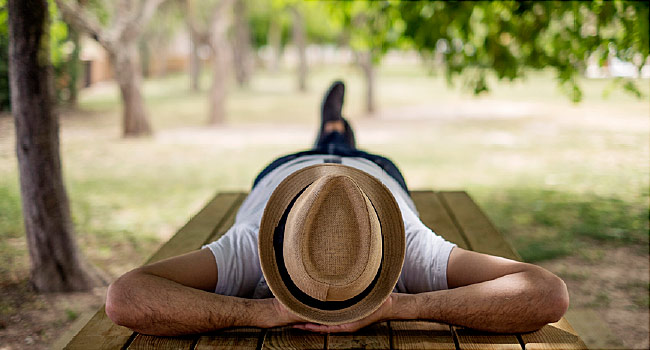
Grabbing a few mid-day winks can boost our level of energy and help us stay alert. Though some of our predecessors may have looked down their nose at napping. Maybe it was because it was the one thing they couldn’t master. But, we can help you with that.
“It’s time for your nap” is one of the most common sentences we hear in the first years of our lives. But it’s also a sentence that Thomas Edison’s children probably never heard. Edison is history’s poster boy for minimum sleep. He boasted of needing only three or four hours a night. But he was also known to nap – at least twice a day. He just never encouraged naps for other people. He had sleeping cots sprinkled everywhere he lived or worked, and he was a little vague about the length of time he spent on them.
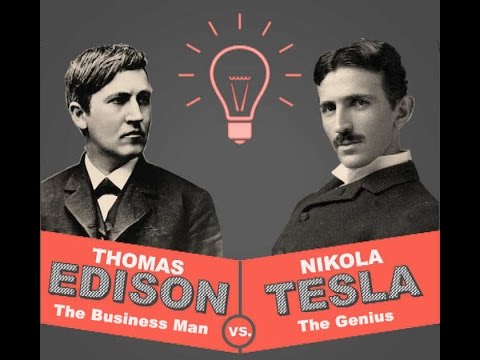
It happens that Tesla was Edison’s former co-worker as well as his fiercest critic. He even made fun of Edison’s famously faulty hygiene. Did personal rivalry factor into Tesla’s claim that he needed even less sleep than Edison? Very likely, I think. Unfortunately, both men’s sleep claims were cemented into history before the era of investigative reporting. Could have been a good National Enquirer story: “Edison, Tesla, Outed for Sleep Lies!!
Unfortunately for Edison’s young assistants, Mr. Lightbulb forced his own alleged habits on them. In an 1889 Scientific American interview, Edison admitted he coerced his young employees into following his own alleged sleep practice of less than four hours a day.
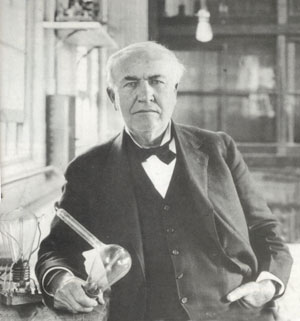
Yup, seriously. Like getting “used to” a bread and water diet. And Edison didn’t mellow over time. 24 years later a biographer, John Greusel, wrote that Edison’s assistants were
“expected to keep pace with him. When they fell from sheer exhaustion, he even seemed to begrudge them the brief hours they were sleeping. Under the excessive strain, Edison became a veritable grizzly bear; he had no patience with anyone who wished to quit.”
There is no mention of cots for the assistants. And when he hired those new fellows, he often conducted the interviews at 4am. Sounds like a dream boss, doesn’t he?
Edison encouraged all Americans to follow his lead, claiming that sleeping eight hours a night was a waste and even harmful. He went so far as to say, in 1914, “There is really no reason why men should go to bed at all.” The only excuse for that crazy statement was that Edison was suffering from chronic lack of sleep when he made it. Dale Carnegie, the guru of insincere schmoozing, echoed Edison’s anti-sleep madness: “We don’t even know if we have to sleep at all!” Carnegie wrote.
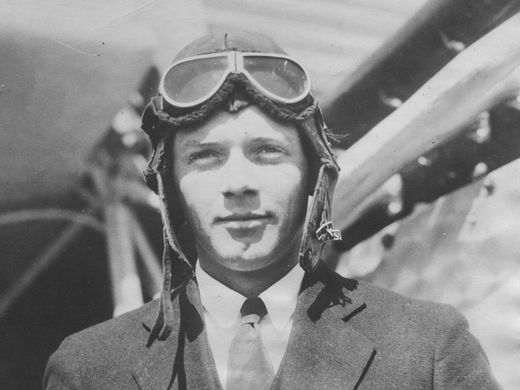
Regrettably, Edison’s supposed “example” still stood as sleep advice many years after he himself entered The Big Sleep.
Edison and Tesla are not the only famous men (sleep myths are almost always about men) who are cited as short sleepers. Leonardo DaVinci supposedly slept 20 minutes every four hours (scientists call that “polyphasic sleep.”) Uncle CT is not the only one to cry “horse pucky” on the DaVinci claim. Dr Piotr Wozniak, an expert on the history of sleep, doesn’t buy it either.

Further doubt comes from DaVinci’s own words:
“As a well-spent day brings happy sleep, so a life well used brings happy death“.
Leonardo may have napped, but it sounds like he also enjoyed nights in his bed.
In a summary of his studies on the sleep habits of well-known “geniuses,” including like DaVinci, Napoleon and others, Wozniak says:
“All I could find was rather a standard adherence to a normal monophasic or biphasic sleep, with an exception for numerous all-nighters at the time of the creative high….”
That “creative high” is what accounts for the occasional sleepless exploits like the Lindbergh flight.
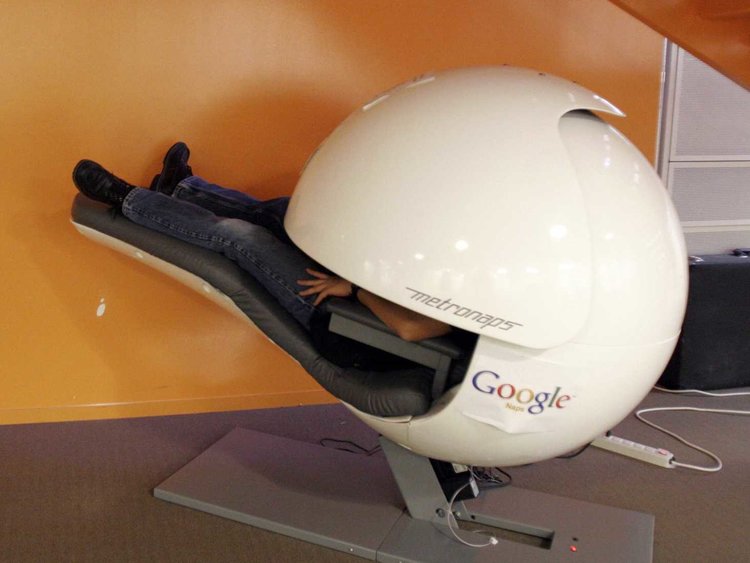
For employers, that translates to increased employee productivity and bigger profits. Forward-looking companies, such as Google, Zappos and Ben & Jerry’s, now have napping areas in their headquarters. Unlike grinchy Edison, they encourage employee napping – and not just under company staircases. The biggest surprise benefit is that naps also boost efficiency of employees who do get the recommended amount of nighttime sleep, not just those who are sleep short.
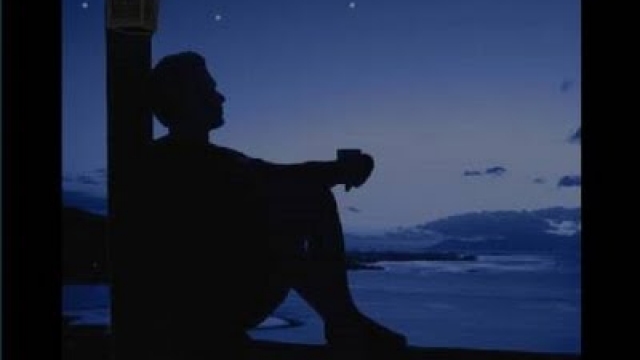
Until a couple of centuries ago, our ancestors handled those interruptions quite differently. They expected and planned for an hour or two of wakefulness in the middle of the night. Sleep science refers to it as a “biphasic” sleep pattern. The first segment of biphasic sleep ran from an hour or two after sundown to about 1am, followed by an hour or two of wakeful activity.
In addition to bathroom breaks, they socialized, ate, and worked on creating new family numbers. Then they slept again, until dawn. In other words, they took two long, refreshing naps every night.
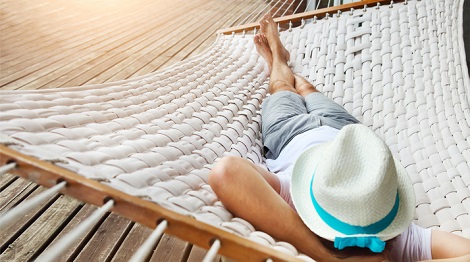
Some lucky people are natural nappers, but for many of us it’s a learned skill But, one that will improve with practice. Here are a few simple guidelines to get you started.
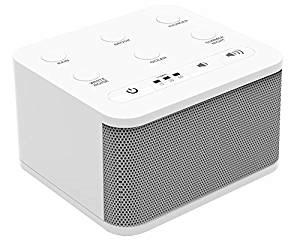
Find a plethora of options or one, great inexpensive sound machine at Amazon.com.
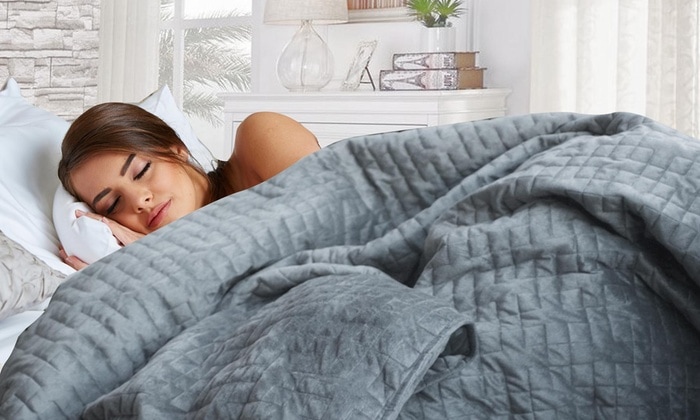
If you’ve never tried a weighted blanket look into one too. These aren’t only great for a restful night, but also help sleeping for a short period of time ore effective too. The great thing about weighted blankets is that they help you relax and sleep sounder. Meaning your nap may only be for a short period of time, but you can make the most of it.
Find out more about the benefits of weighted blankets as well as a few of our favorite brands HERE!
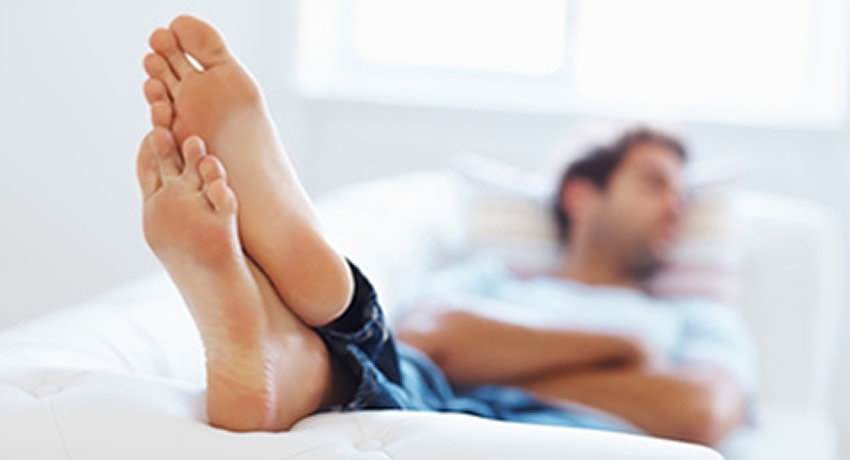
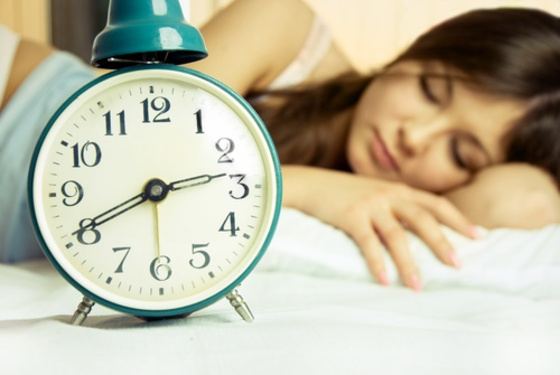
Congratulations! You napped!
In future sleep blog entries we’ll consider the long-term benefits of napping, both mental and physical, as well as how to determine your own best nap schedule and duration. Until then, Sleep well!
Uncle CT
Our Texas Showrooms Are Here To Help With All Your Favorite Online Brands! And We Offer Exclusive Coupons To Save More!
Learn More